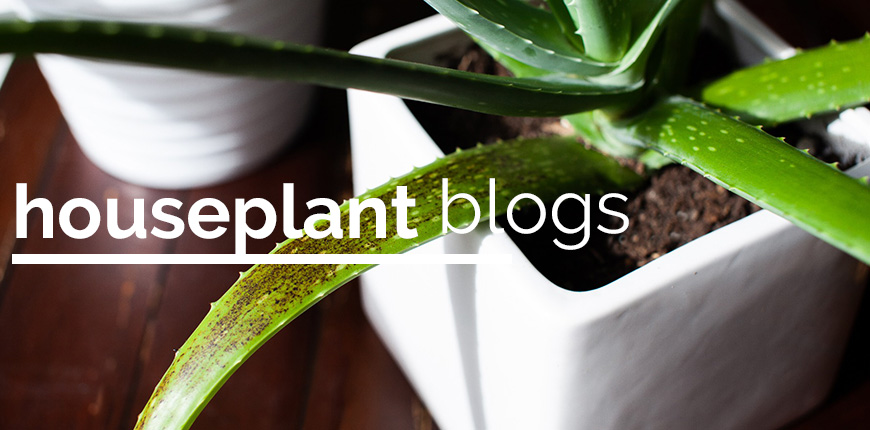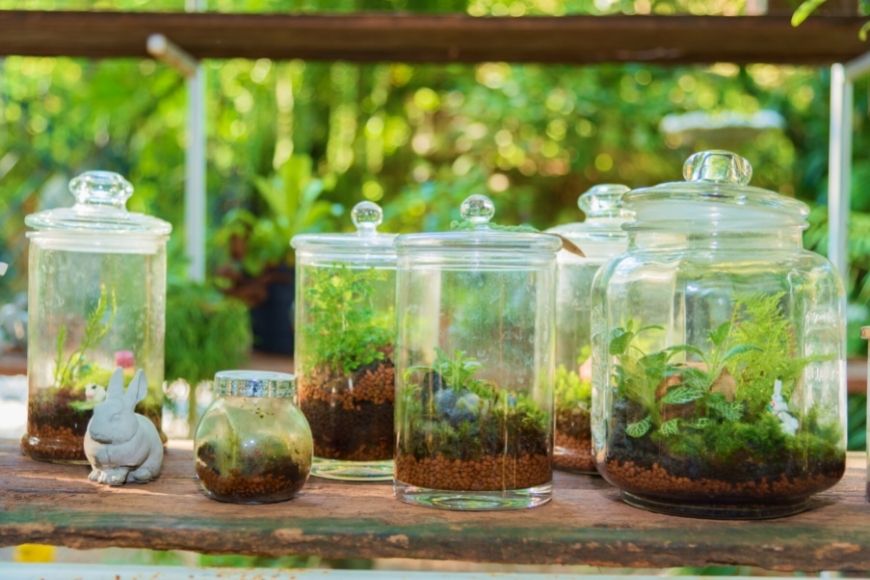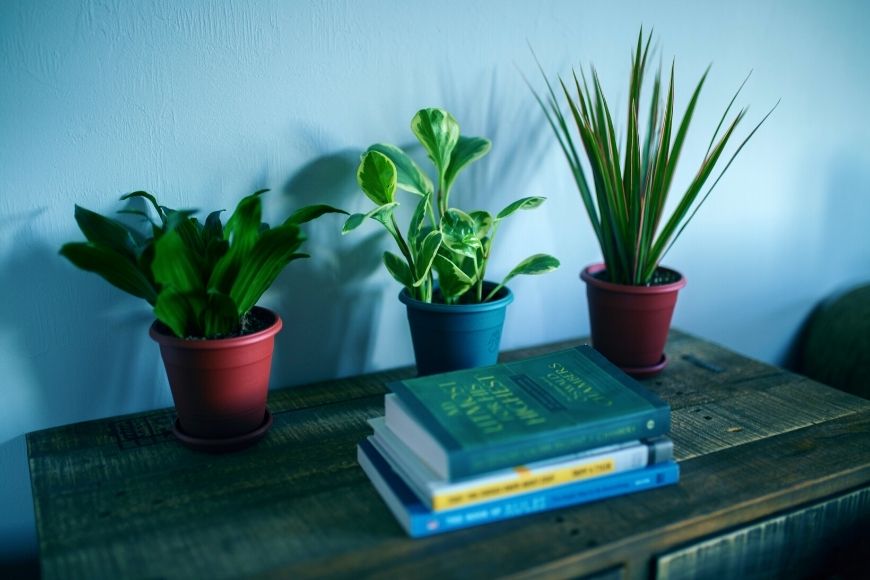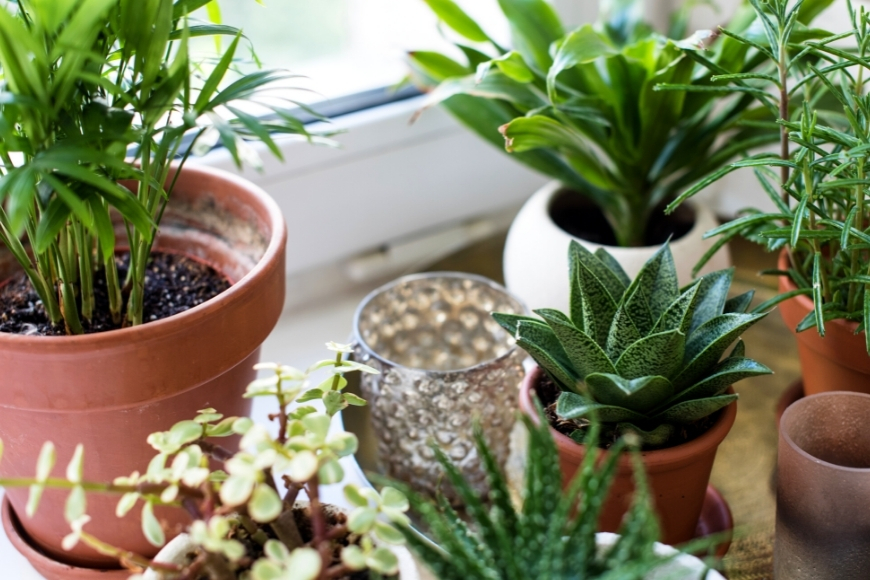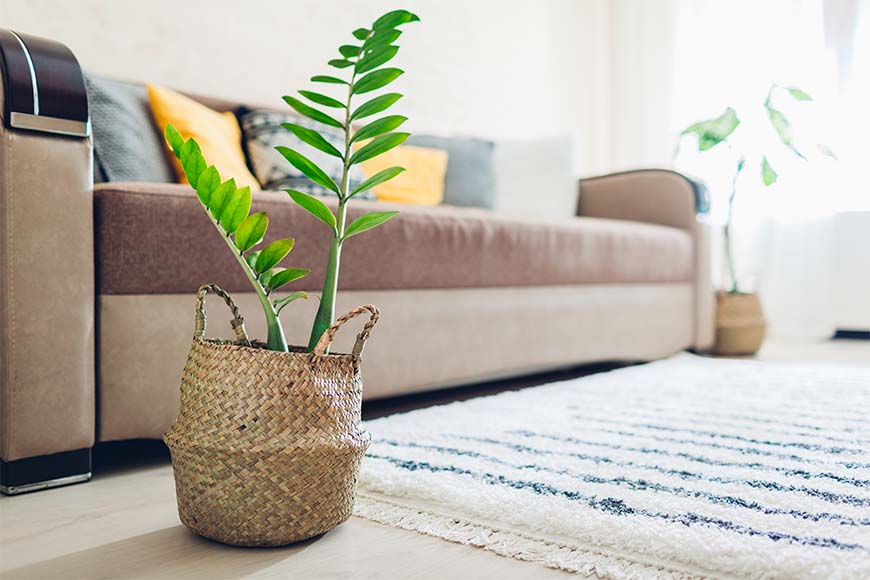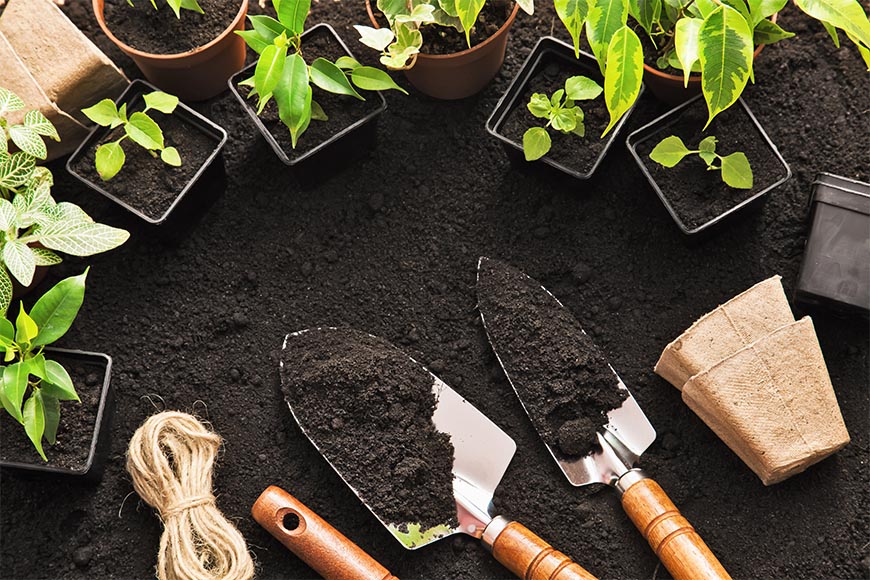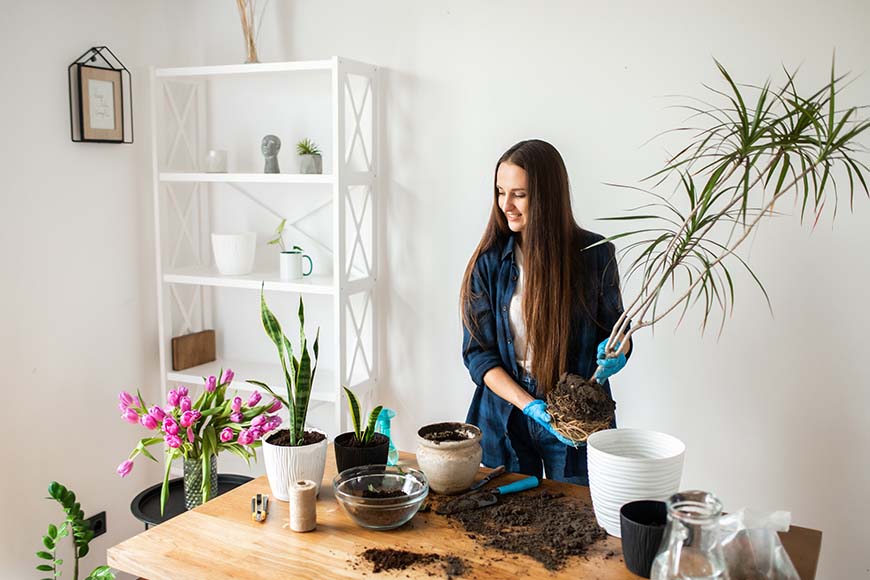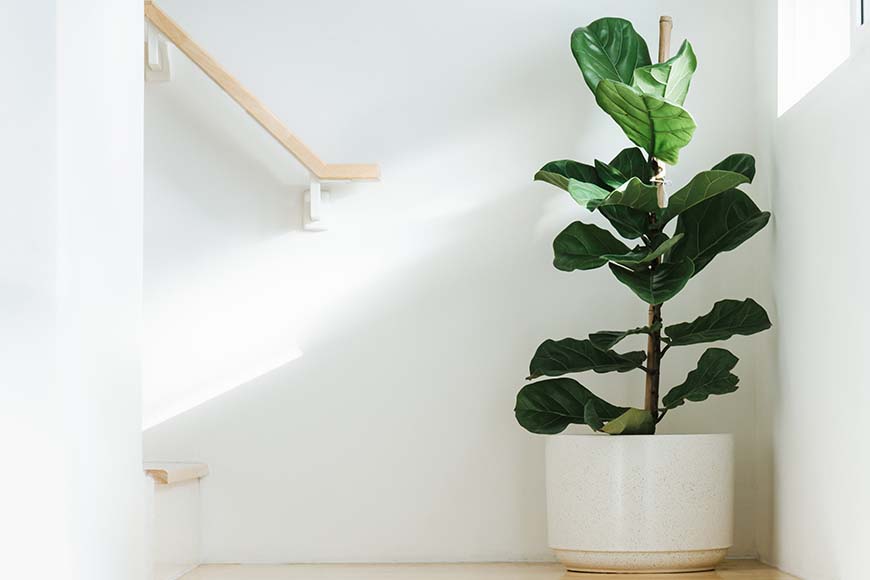Moving into a new space or redecorating your home feels like a do-over. You can revamp it however you like and start incorporating more greenery into your life.
Plants can help your mental well-being. Having a creative and cultivating outlet for your energy is beneficial for your health, and can brighten up your environment. Who can turn away from that?
What are Terrariums?
Terrarium in Latin means terra (earth) arium (a receptacle or location). Closed terrariums create a humid environment for the plant and it waters itself through perspiration and condensation.

